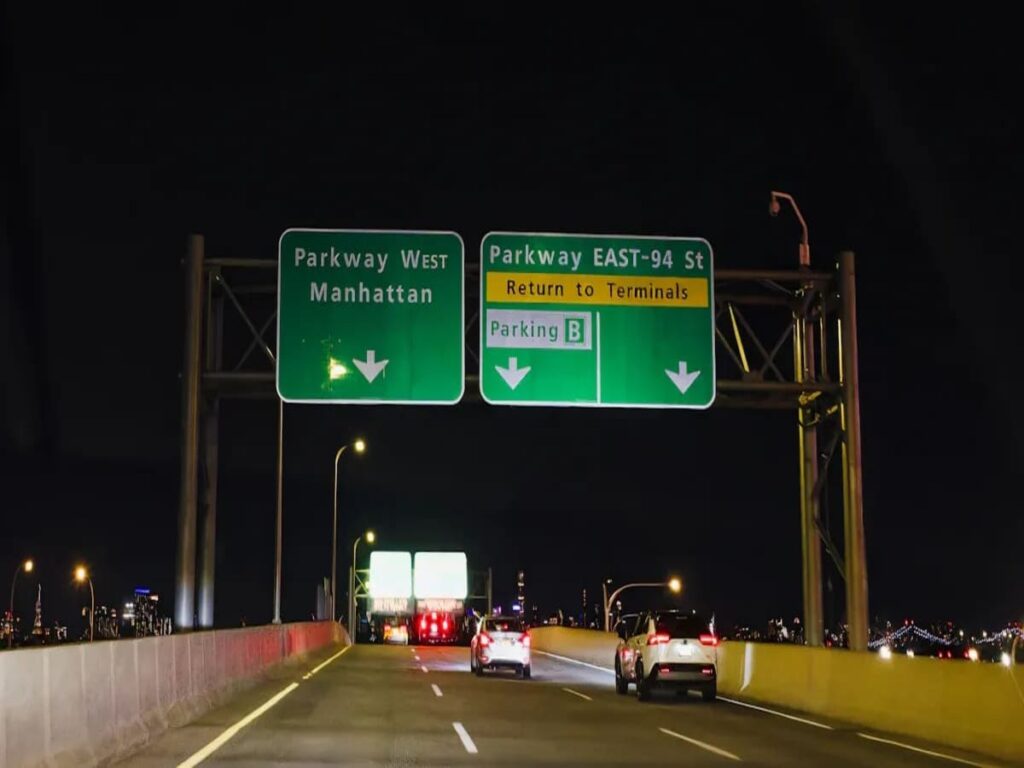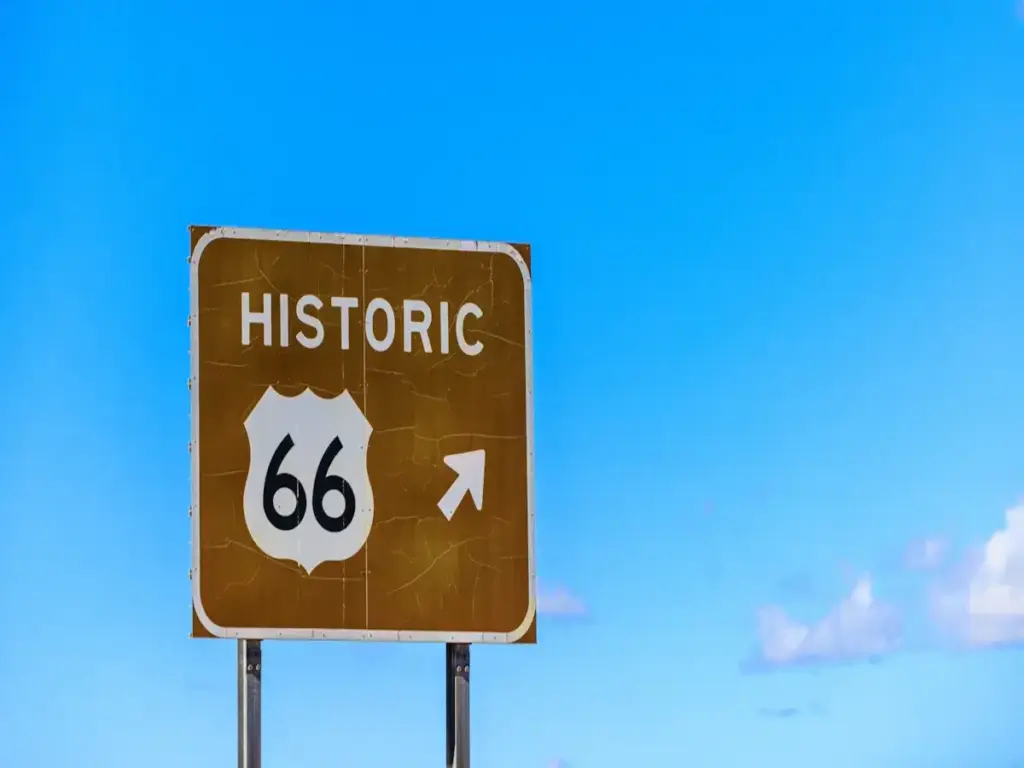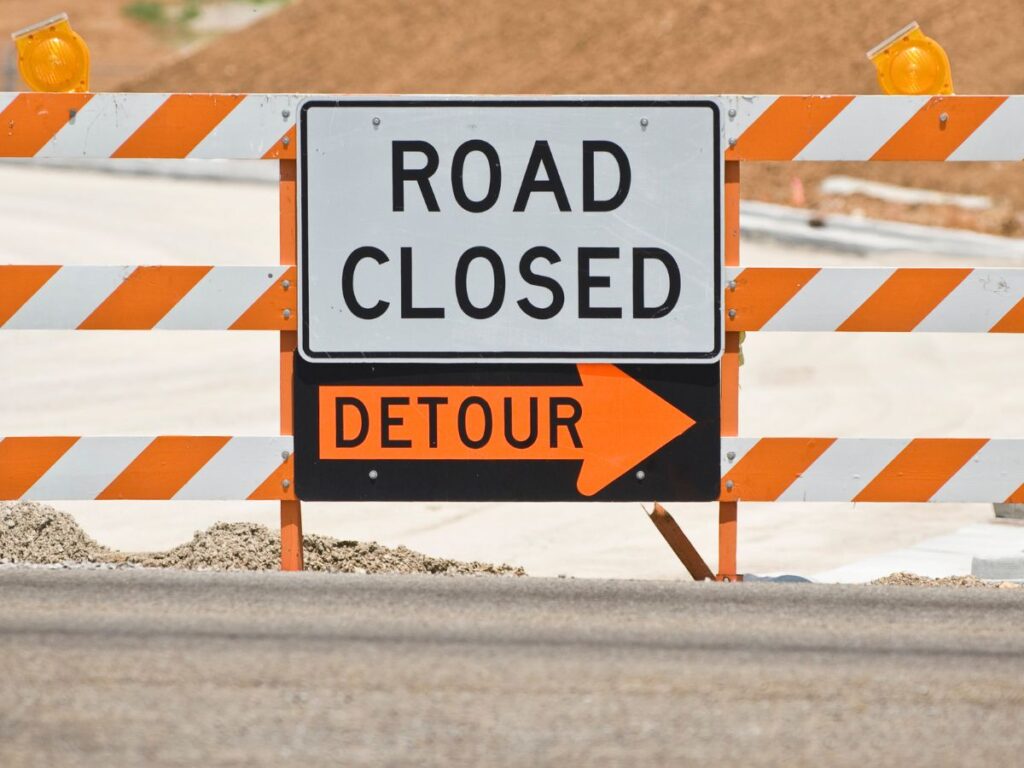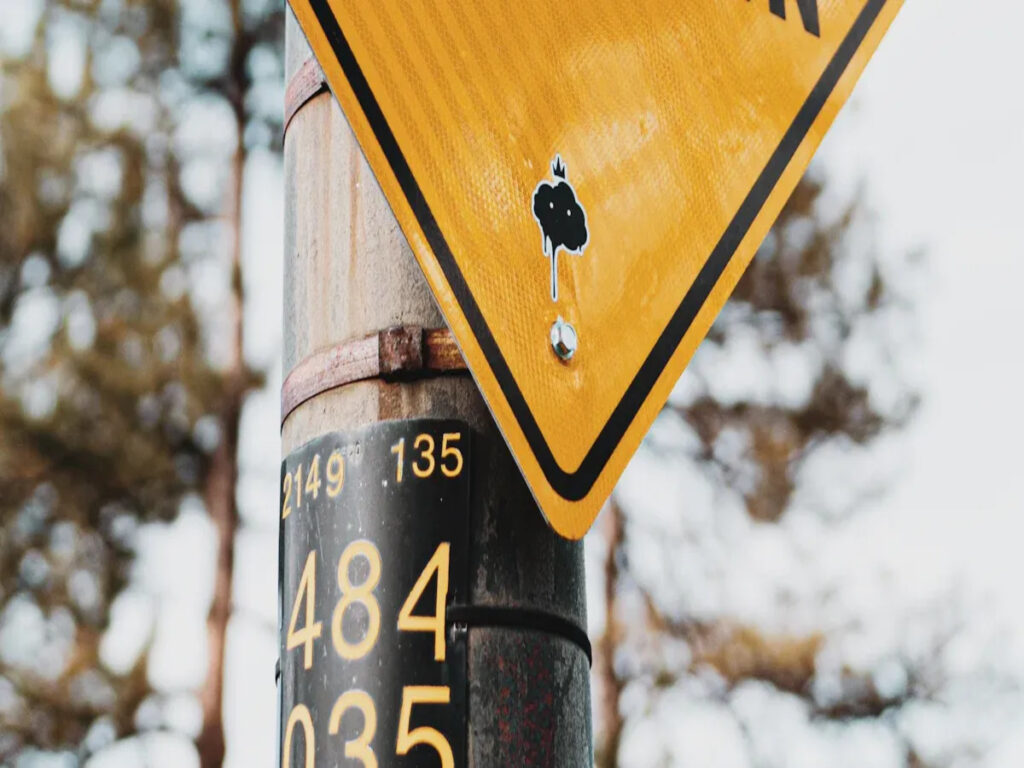
Os conflitos de virada ocorrem quando veículos e usuários de estrada vulneráveis, como pedestres ou ciclistas, cruzar durante turnos. Essas situações podem ser extremamente perigosas. Em cruzamentos, o risco aumenta devido a movimentos rápidos ou tempo ruim. Pesquisas indicam que esses conflitos são influenciados pelo fluxo de tráfego e tempo, com a probabilidade de acidentes que variam de 0.5 para 6.0 segundos antes que eles ocorram. OPTRÁFEGO pode mitigar esses riscos com ferramentas como Postos de trânsito e Sinais de aviso para venda. Essas ferramentas ajudam os motoristas alertando -os sobre a presença de pedestres e ciclistas próximos. Muitas cidades agora estão implementando essas soluções, incluindo sinais de alerta piscantes, Para aprimorar a segurança rodoviária para todos os usuários.
Takeaways -chave
- Os problemas de girar entre carros e pessoas andando ou ciclismo são arriscados. Saber esses perigos ajuda todos a ficarem seguros.
- Marcadores de trânsito separam faixas de carros de caminhos para caminhantes ou motociclistas. Eles ajudam a parar de acidentes em cruzamentos movimentados.
- Sinais de alerta piscantes informam aos motoristas quando as pessoas estão por perto. Esses sinais dão tempo aos motoristas para evitar acidentes.
- Usar marcadores de trânsito e sinais de alerta juntos torna as estradas mais seguras. Este trabalho em equipe ajuda a parar de acidentes nos cruzamentos.
- Gastar dinheiro com essas ferramentas é inteligente. Eles salvam vidas e reduzem os custos de reparo, interrompendo os acidentes com antecedência.
Compreensão de conflitos de viragem
O que está girando conflitos?
Os conflitos de giro acontecem quando carros e pessoas, Como caminhantes ou motociclistas, encontre -se durante turnos. TEsses problemas geralmente ocorrem em cruzamentos movimentados, onde muitos caminhos cruzam. Os motoristas podem adivinhar errado sobre os outros’ velocidade ou localização, causando perigo. Visibilidade ruim, distrações, ou tráfego intenso piorar esses momentos.
Os números mostram o quão sério isso é. De 2019 para 2022, Mortes nos cruzamentos subiram. A tabela abaixo mostra a ascensão:
| Ano | Total de mortes no trânsito | Mortes de interseção |
|---|---|---|
| 2019 | 36,355 | 10,273 |
| 2020 | 39,007 | 10,720 |
| 2021 | 42,939 | 11,799 |
| 2022 | 42,514 | 12,036 |
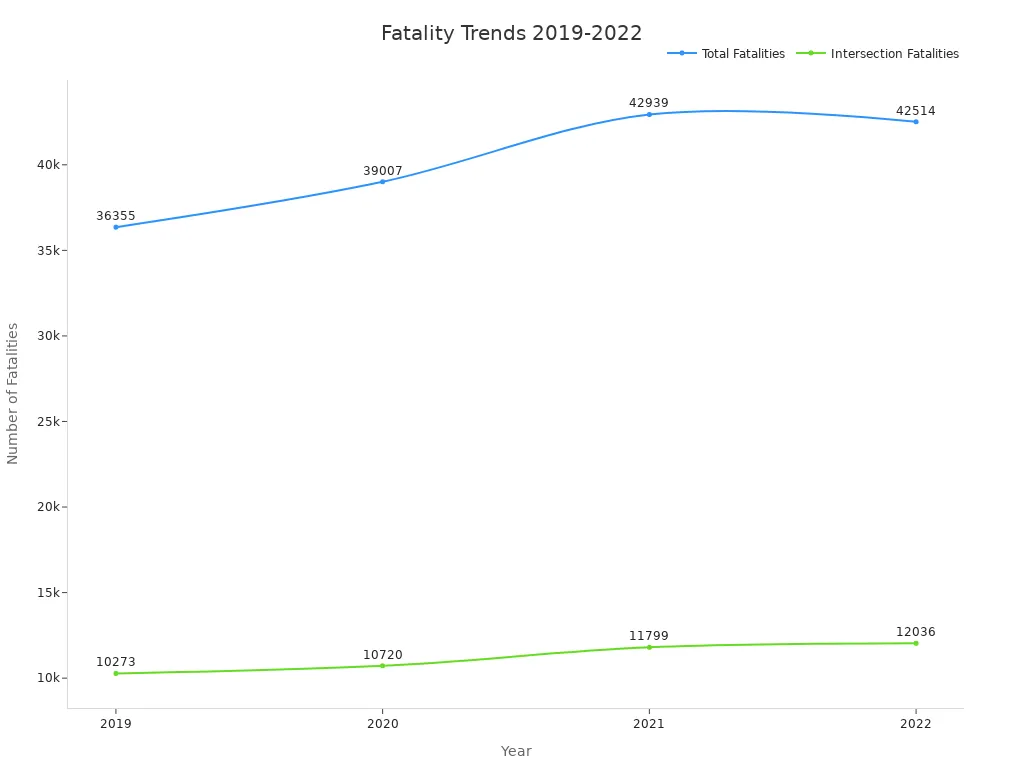
Isso mostra como os cruzamentos perigosos estão se tornando. Corrigir esses problemas é essencial para manter todos em segurança.
Por que os usuários de estrada vulneráveis estão em risco?
Caminhantes, motociclistas, e os ciclistas eletrônicos enfrentam mais perigo. Eles não têm proteção de carro. Virar carros pode não vê -los, especialmente em pontos cegos. Movimentos rápidos ou curvas repentinas deixam pouco tempo para reagir.
Cruzamentos pioram isso. Os motoristas se concentram em outros carros e falta de pessoas andando. Cruzamentos mal projetados ou sinais pouco claros adicionam confusão. Por exemplo, Um motociclista em uma pista compartilhada pode lutar quando um carro se vira sobre eles.
Melhor visibilidade e limites claros podem diminuir esses riscos. Ferramentas como Postos de trânsito e Sinais de segurança piscando ajudar a tornar os cruzamentos mais seguros para todos.
Delineadores de trânsito e seu papel na segurança
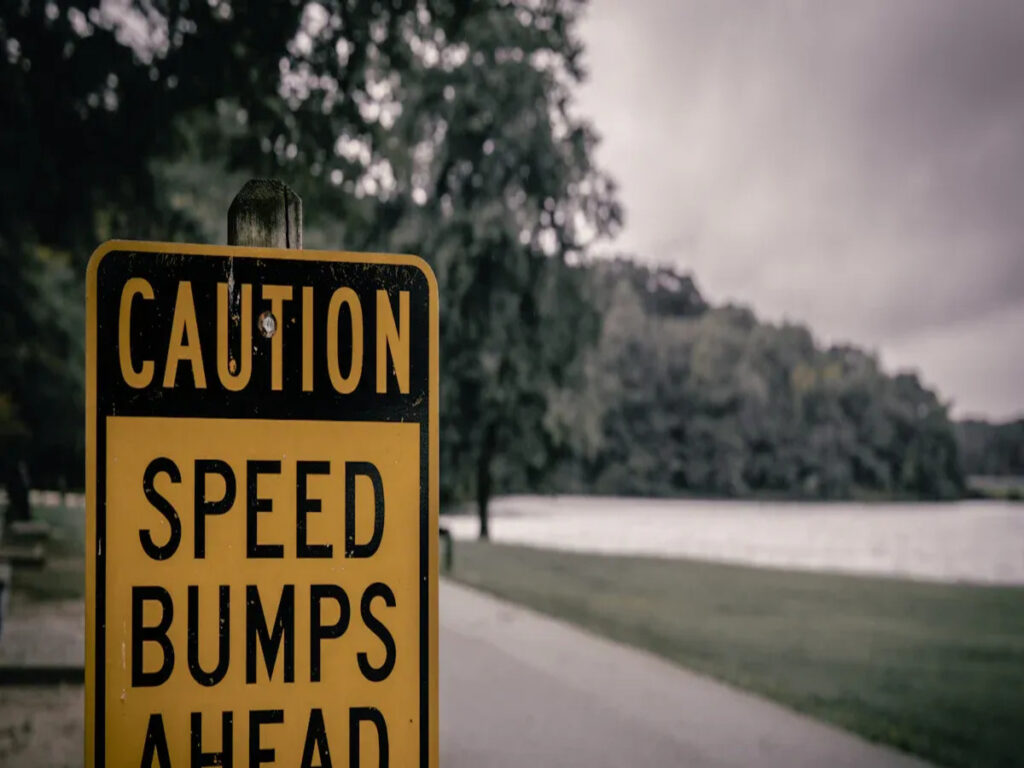
O que são delineadores de tráfego?
Delineadores de trânsito são marcadores que guiam carros e separam faixas. Eles mostram caminhos claros para veículos e áreas para caminhantes ou motociclistas. Essas ferramentas são difíceis, feito de materiais como plástico ou borracha. Eles podem lidar com mau tempo e acertos repetidos. Alguns têm peças reflexivas ou luzes solares para ajudar os motoristas a vê -los à noite.
Você pode ver delineadores como postagens, cones, ou barreiras flexíveis. O trabalho principal deles é tornar as estradas mais seguras, mostrando limites claros. Por exemplo, Os delineadores plásticos da Optraffic são fortes e acessíveis. Planejadores urbanos e especialistas em segurança geralmente os escolhem para projetos de estrada.
Como os delineadores de tráfego reduzem os conflitos de torneamento
Os delineadores de trânsito ajudam a impedir que os carros entrem em faixas para caminhantes ou motociclistas. Isso mantém todos em segurança durante turnos complicados, Como esquerda ou direita. Barreiras físicas reduzem a chance de acidentes em passagens movimentadas.
Estudos provam delineadores melhoram a segurança. Por exemplo:
- UM 2024 Estudo de Younes et al. olhou para over 9,000 movimentos do carro. Encontrou pistas de bicicleta protegidas com delineadores de plástico desaceleraram os carros que viram direito por 21%. Velocidade máxima caiu 28%, cortando riscos de acidentes.
- Outro estudo mostrou que os acidentes caíram 30% Quando os delineadores impediram os carros de deixar suas pistas.
Esses estudos mostram que os delineadores orientam os motoristas e promovem hábitos mais seguros. Quando combinado com sinais de alerta, Eles tornam as estradas mais seguras para todos.
Exemplos de uso eficaz
Os delineadores de trânsito funcionam bem em muitos lugares para melhorar a segurança. Aqui estão alguns exemplos:
- Pistas de bicicleta protegidas: Cidades como Amsterdã e Copenhague usam delineadores para separar as bicicletas dos carros. Este design reduz acidentes entre ciclistas e carros giratórios.
- Zonas escolares: Em áreas escolares, delineadores e placas intermitentes lembram os motoristas de desacelerar. Esta configuração mantém as crianças seguras enquanto atravessam as ruas.
- Cruzamentos de rodovias: Kansas acrescentou 600 delineadores movidos a energia solar para duas cruzamentos na US-169. Isso melhorou a visibilidade e os acidentes de corte, especialmente à noite.
Esses exemplos mostram como os delineadores são úteis para resolver problemas de segurança. Seja em cidades ou áreas rurais, Eles podem ser ajustados para atender às necessidades diferentes.
Sinais de aviso dinâmicos para cruzamentos mais seguros
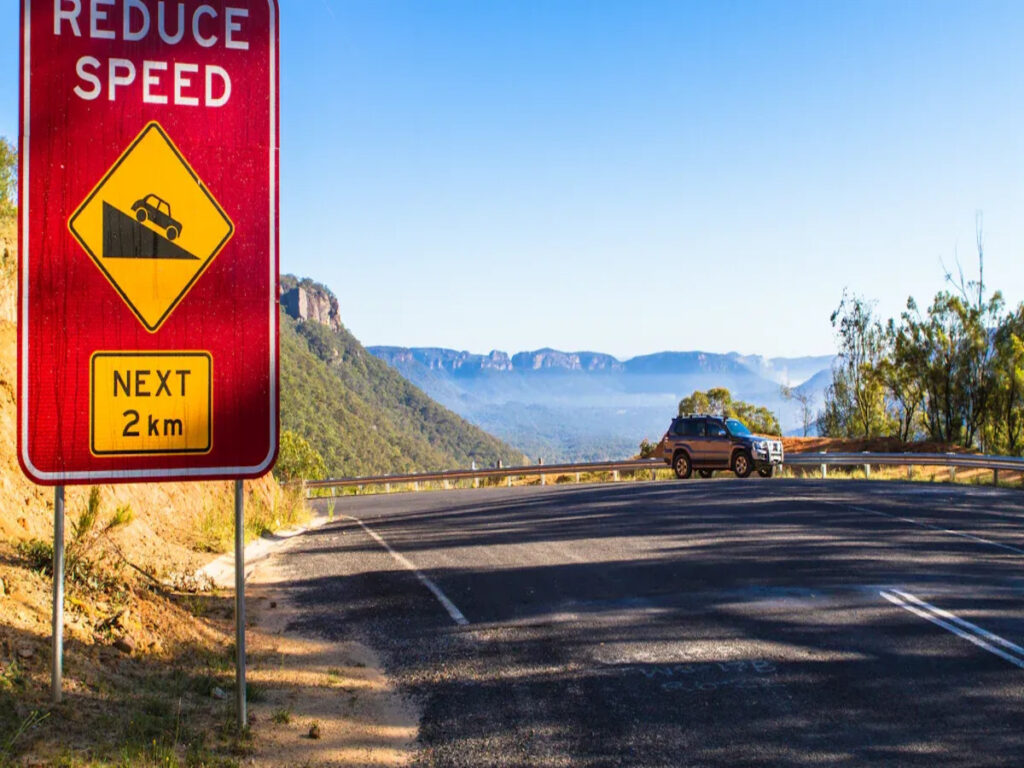
O que são sinais dinâmicos de aviso?
Os sinais de alerta dinâmicos são ferramentas inteligentes que ajudam os motoristas a permanecer seguros. Ao contrário dos sinais regulares com mensagens fixas, Esses sinais de segurança podem mudar com base na situação da estrada. Eles usam telas digitais, sensores, e tecnologia para dar alertas em tempo real. Por exemplo, Eles alertam sobre pedestres ou ciclistas próximos aos cruzamentos.
| Recurso | Sinalização dinâmica | Sinalização estática |
|---|---|---|
| Definição | Sinais digitais que atualizam instantaneamente | Sinais fixos com mensagens definidas |
| Interatividade | Permite que os usuários interajam com o sistema | Sem interação possível |
| Flexibilidade de conteúdo | As mensagens mudam conforme necessário | As mensagens permanecem iguais |
| Atualizar frequência | Atualizações acontecem em tempo real | Precisa de atualizações manuais |
| Engajamento do público | Alto devido à mudança de conteúdo | Baixo devido a conteúdo fixo |
Os sinais dinâmicos são especiais porque se ajustam ao momento. Por exemplo, Os sistemas da OpTraffic podem alertar os motoristas sobre pessoas que cruzam ou ciclistas em pontos cegos. Isso os torna muito úteis para manter os cruzamentos seguros.
Como os sinais dinâmicos de aviso aumentam a segurança
Os sinais de alerta dinâmicos tornam as estradas mais seguras, ajudando os motoristas a perceber os perigos. Eles usam sensores e câmeras para identificar caminhantes ou motociclistas perto de cruzamentos. Quando alguém é detectado, A placa acende com um aviso. Este alerta rápido dá aos motoristas tempo para reagir e evitar acidentes.
Estudos mostram que esses sinais funcionam bem para evitar acidentes. Por exemplo:
- UM Rodovia federal Estudo descobriu que acidentes foram lançados 5% para 7% com avisos de curva dinâmica.
- Em Oregon, Sinais dinâmicos na I-5 desaceleraram carros por 3 km/h.
- Outro estudo viu as velocidades caírem 1 para 8.8 MPH em curvas.
- Na Califórnia, 68% de motoristas desaceleraram perto de avisos de curva dinâmica.
Esses resultados provam que os sinais dinâmicos ajudam os motoristas a agir com segurança. Quando combinado com ferramentas como postagens de trânsito, Eles criam um forte sistema de segurança para turnos complicados.
Exemplos de sinais dinâmicos de aviso para venda
Os sinais de alerta dinâmicos vêm em muitos tipos para diferentes necessidades. Aqui estão alguns exemplos:
- Alertas de cruzamento de pedestres: Esses sinais acendem quando os caminhantes estão perto das faixas de faixa. Eles trabalham bem em áreas movimentadas e zonas escolares.
- Sistemas de detecção de ciclistas: Sensores Spot moticiadores em faixas e alertam os motoristas para ter cuidado.
- Speed Feedback exibe: Esses sinais mostram os motoristas de velocidade e lembram -os a desacelerar. Eles são ótimos para bairros e escolas.
- Sistemas de aviso de interseção: Esses sinais alertam sobre os perigos nas travessias, Como girar carros ou pessoas andando.
Optraffic vende muitos sinais de alerta de trânsito. Esses sinais de segurança no trânsito economizam energia e funcionam bem em mau tempo. Eles são construídos para durar e manter as estradas seguras.
Os sinais de alerta dinâmicos são mais do que apenas ferramentas - eles são salva -vidas. Escolher os certos para a sua área pode proteger os caminhantes, motociclistas, E todos na estrada.
Combinando ferramentas para o máximo impacto
Usando delineadores e sinais de alerta juntos
Quando você usa delineadores de trânsito com Sinais de aviso dinâmicos, As estradas se tornam mais seguras. These tools work as a team to guide drivers and warn them of dangers. Por exemplo, smart cones with special technology can give quick updates about lane changes or traffic shifts. These updates help drivers stay alert and make better choices.
Dynamic warning signs add extra safety by giving real-time alerts about walkers, motociclistas, or other road users. When used with delineators, these signs keep drivers in their lanes and aware of their surroundings. Junto, they lower accidents, especially in busy places like intersections or work zones.
- Main Benefits of Using Both:
- Smart cones give quick updates for better traffic control.
- Warnings about dangers help drivers stay alert.
- Adjusting to traffic changes reduces jams and confusion.
- Combined tools make roads safer for everyone.
Usando essas ferramentas juntas, turning conflicts can be reduced. Os fortes delineadores e sinais avançados de aviso da Optraffic são ótimos exemplos de ferramentas que funcionam bem juntas para melhorar a segurança rodoviária.
Construindo um sistema de segurança completo
Um sistema de segurança completo usa muitas ferramentas para proteger os caminhantes e motociclistas. O Departamento de Transporte de Michigan (Mdot) mostra como isso funciona. Eles usam delineadores de trânsito e Sinais de aviso dinâmicos Em projetos como a detecção de filas na I-75. Esses sistemas iluminam sinais de alerta quando o tráfego diminui, cortando acidentes. No US-2, Os sistemas de aviso de caminhão alertam os motoristas sobre caminhões que entram na estrada, tornando o tráfego mais seguro.
- Principais partes de um sistema completo:
- Combinando delineadores e sinais de alerta para melhor segurança.
- Usando a tecnologia para reagir às mudanças de tráfego rapidamente.
- Com o objetivo de diminuir as mortes com melhores projetos de estradas.
Os esforços de MDOT correspondem ao “Em direção a zero mortes” meta, que visa parar as mortes no trânsito. Seguindo esta ideia, Estradas e cidades mais seguras podem ser criadas. Delineadores de tráfego e sinais de alerta da Optraffic são perfeitos para isso. Essas ferramentas melhoram a visibilidade e se ajustam às mudanças, tornando -os importantes para as necessidades de tráfego de hoje.
Considerações de política e design
Regras para cruzamentos mais seguros
As regras ajudam a tornar os cruzamentos mais seguros para todos. Os governos usam pesquisas para encontrar maneiras de interromper acidentes. Adicionar faixas de volta para voltas esquerda ou direita melhora a segurança. Essas faixas continuam afastando os carros do tráfego direto, diminuindo os riscos de colisão.
| Título do estudo | Descobertas | Metodologia |
|---|---|---|
| Eficácia de segurança da interseção à esquerda- e faixas de volta à direita | Turn Rones Torne os cruzamentos mais seguros. | Usou modelos de previsão de acidentes com dados de tráfego. |
| Avaliação de segurança das restrições de movimento girando em interseções controladas por parada | As configurações de RIRO reduzem acidentes e lesões. | Estudou segurança usando fatores de modificação de colisão. |
Programas como o DCMF verifique como as idéias de segurança funcionam. Eles pretendem:
- Teste novas estratégias de segurança para ver se elas funcionam.
- Compartilhe idéias que diminuem os acidentes em todo o país.
- Estude como as configurações do RIRO melhoram a segurança da interseção.
O uso dessas regras pode tornar os cruzamentos mais seguros para caminhantes e motociclistas.
Novos designs de interseção
Novos designs estão tornando os cruzamentos mais seguros. Eles reduzem os problemas entre carros e caminhantes enquanto melhoram o fluxo de tráfego. Os sinais trifásicos ajudam os pedestres, separando seus movimentos de girar carros. Isso diminui os riscos de acidentes.
Outros designs, Como reviravoltas medianas, encurtar distâncias de cruzamento. Eles também tornam os sinais de trânsito mais rápido, Melhorando a segurança e a eficiência. As equipes de transporte estão tentando essas idéias para melhorar as estradas.
Mudar designs antigos pode tornar os cruzamentos mais seguros e suaves. Esses novos layouts protegem os caminhantes e motociclistas enquanto ajudam os carros a se mover facilmente. Todo mundo se beneficia com essas melhorias.
O futuro da segurança rodoviária
Tecnologias emergentes em gerenciamento de tráfego
Novas ferramentas estão mudando como o tráfego é controlado. As estradas estão se tornando mais seguras e suaves. Sistemas movidos a IA, Sensores de IoT, e ferramentas de navegação inteligentes lideram essa mudança. Essas ferramentas reduzem os atolamentos, Economize tempo, e menor poluição. Por exemplo:
- Os semáforos inteligentes mudam com base no tráfego em tempo real.
- Os sensores de IoT assistem ao tráfego de perto e enviam atualizações.
- Ferramentas de navegação Guia carros usando informações de tráfego ao vivo.
As cidades já estão usando essas tecnologias. A tabela abaixo mostra alguns exemplos de sucesso:
| Nome do projeto | Tecnologia usada | Localização | Melhoria no fluxo de tráfego | Redução nas emissões |
|---|---|---|---|---|
| Sinais de trânsito inteligentes de Pittsburgh | Sinais de trânsito controlados pela IA | Pittsburgh, Pensilvânia | 40% | 21% |
| Ellwangen ai semáforos | Semáforos de trânsito movidos a IA | Ellwangen, Baden-Württemberg | 10-15% | Significativo |
| Vamos usar | Integração de IA e IoT | Leipzig | N / D | N / D |
Esses exemplos mostram como a tecnologia torna as estradas mais seguras e rápidas. Ferramentas preditivas como o sistema Prediss também ajudam a prevenir falhas. Este sistema usa Ai estudar dados e prever acidentes. As cidades podem agir cedo para parar os problemas. Usar essas ferramentas pode melhorar as estradas para todos.
Visão zero e mobilidade urbana mais segura
Vision Zero é um plano mundial para interromper as mortes no trânsito. Ele se concentra em salvar vidas e manter as pessoas seguras. Desafia a ideia de que os acidentes não podem ser evitados. Suas principais idéias incluem:
- Prioridade da vida humana: Segurança é o objetivo mais importante.
- Decisões orientadas a dados: Pontos perigosos são encontrados usando estudos detalhados.
- Responsabilidade compartilhada: Todos devem ajudar a manter as estradas seguras.
Cidades usando a visão zero viram grandes mudanças. Por exemplo, Estocolmo cortou mortes no trânsito pela metade 20 anos. Construindo estradas mais seguras e fazendo regras mais rigorosas, Outras cidades podem fazer o mesmo. A visão zero mostra que estradas mais seguras são possíveis quando todos trabalham juntos.
Corrigir conflitos de viragem é a chave para tornar as estradas mais seguras. Esses problemas, especialmente em cruzamentos, são perigosos para caminhantes e motociclistas. O aumento das mortes nos cruzamentos mostra a necessidade de ação rápida.
| Tipo de conflito | Visão geral da tendência |
|---|---|
| Guerras étnicas | Rose depois da Guerra Fria, com altos e baixos nos últimos anos. |
| Guerras revolucionárias | Aconteceu com mais frequência recentemente, mostrando mudanças nos padrões de conflito. |
| Guerras sociais | Superior a guerras entre países, chegando após a guerra fria terminou. |
| Questões humanitárias | Em andamento em nações mais pobres devido a sistemas fracos, precisando de mais ajuda. |
Postos de trânsito e sinais de alerta são ferramentas úteis. Eles tornam as estradas mais claras, guia drivers, e dar avisos rápidos. Isso diminui e salva vidas.
- A paz precisa mais do que apenas parar a violência para melhorar completamente.
- Nações mais pobres lutam com guerras e crises por causa de sistemas fracos.
O uso dessas ferramentas pode ajudar a criar estradas mais seguras e melhores para todos.
Perguntas frequentes
O que está girando conflitos, E por que você deveria se importar?
Os conflitos de giro acontecem quando carros e pessoas, Como caminhantes ou motociclistas, encontre -se durante turnos. Esses momentos são arriscados porque os motoristas podem não ver os outros ou adivinhar sua velocidade errada. Saber disso ajuda você a ficar cuidadoso e evitar acidentes.
Como os delineadores de tráfego tornam as estradas mais seguras para caminhantes e motociclistas?
Os delineadores de trânsito separam faixas de carros de áreas para caminhantes ou motociclistas. Eles ajudam os motoristas a ficar em suas pistas durante as curvas, diminuindo os riscos de colisão. Suas superfícies brilhantes também facilitam a ver à noite, mantendo todos mais seguros.
Os sinais de alerta dinâmicos podem realmente parar os acidentes?
Os sinais de alerta dinâmicos alertam os motoristas imediatamente sobre caminhantes ou motociclistas nas proximidades. Esses sinais usam sensores para identificar o movimento e mostrar avisos rapidamente. Este alerta rápido dá aos motoristas tempo para agir, cortando acidentes nas passagens.
São delineadores de tráfego e sinais de aviso dinâmicos caros para configurar?
Ambas as ferramentas são maneiras acessíveis de tornar as estradas mais seguras. Os delineadores de trânsito duram muito tempo e não custam muito, Enquanto os sinais de alerta dinâmicos ajudam a evitar acidentes ao longo do tempo. Os gastos com essas ferramentas salvam vidas e reduz os custos de reparo.
Como essas ferramentas podem funcionar juntas para melhor segurança?
Usando delineadores de tráfego com sinais dinâmicos de aviso faz um forte sistema de segurança. Delineadores guiam fisicamente os motoristas, e sinais de alerta dão alertas em tempo real. Junto, Eles reduzem os riscos de acidentes e protegem os caminhantes e motociclistas em cruzamentos.

